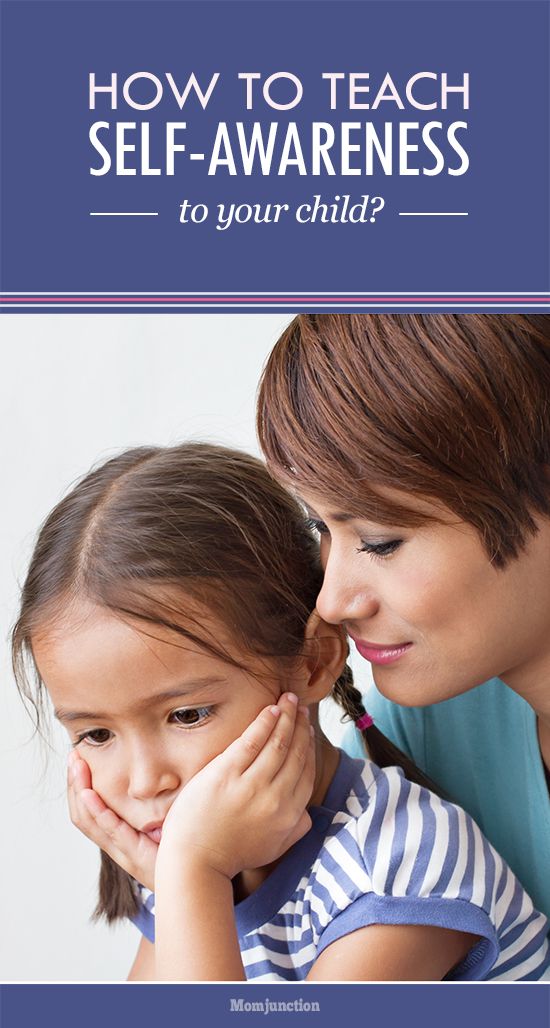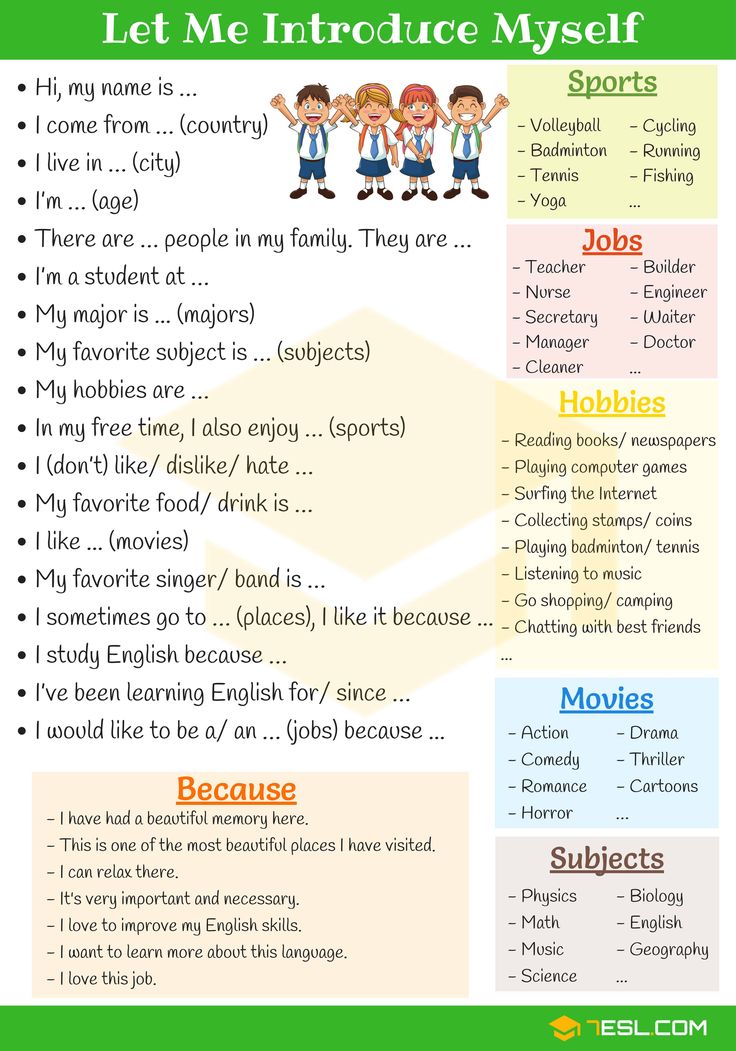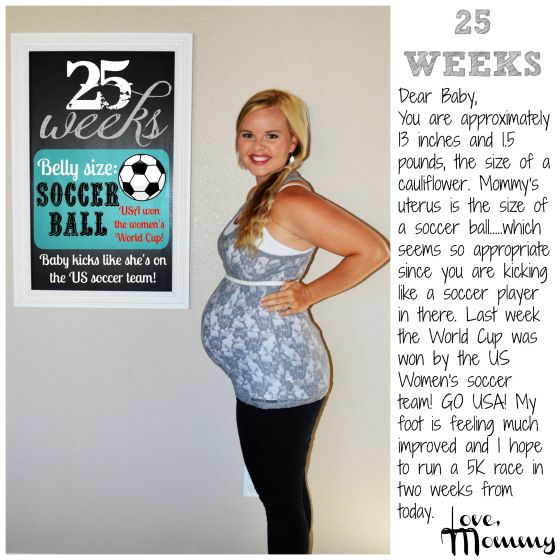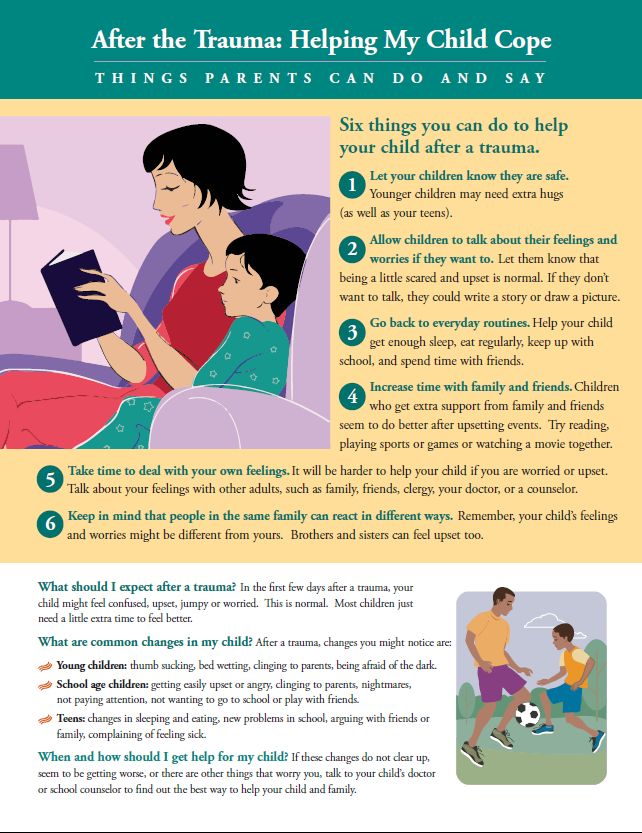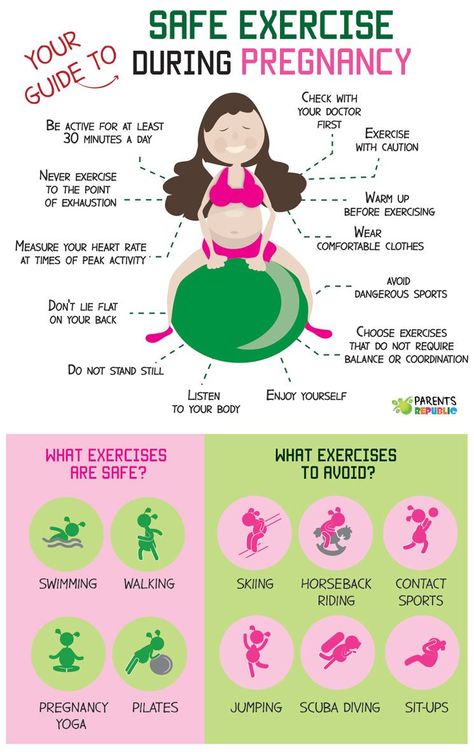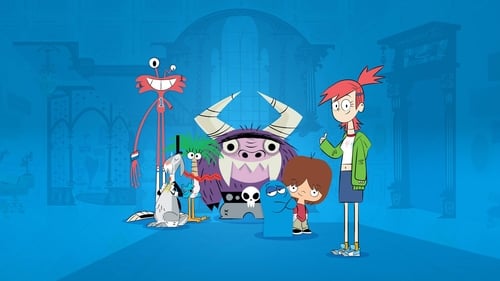How to teach a child music
12 Creative Tips For Teaching Music To Kids
Teaching music is rewarding, no matter how old your students are. But there is something unique about teaching the gift of music to children. Whether they’re playing instruments or singing, effective music teaching strategies can change their lives forever. Here are our 12 tips for teaching music to kids in a way that is effective, fun, and creative.
6 Tips For Creating The Best Music Lessons For KidsWhen you’re teaching music lessons for kids, it’s good to remember the big picture. Here are some best practices regarding how to teach music, whether online or in person.
1. Keep it short and sweetChildren are notorious for having short attention spans. Each lesson should be an appropriate length based on age range. Most young children can probably only handle anywhere between 30 and 45 minutes.
Try to keep their attention during this time by using multiple activities that demonstrate the lesson you’re teaching, pivoting to new experiences when their attention wanders.
Themes are a great way to get your students excited about class. Plus, they make it easier for you to build a lesson plan!
You can focus on holidays, such as Halloween or Christmas, as well as seasons. Do your students love certain movies or television shows? Set up a class dedicated to the music of it!
3. Use music your students enjoyWhile classical music may be the foundation of music education, it’s unfamiliar territory for many of your students. Give them a chance to learn music they can relate to.
Whether it’s the latest Disney song or a family-friendly radio hit, they’ll enjoy learning music they already know.
4. Encourage interactionGroup activities are a great way to encourage positive interaction and teamwork.
While music can be performed on an individual basis, the vast majority is performed by groups, whether it’s an orchestra or a band. Teach your students how to collaborate by assigning group activities.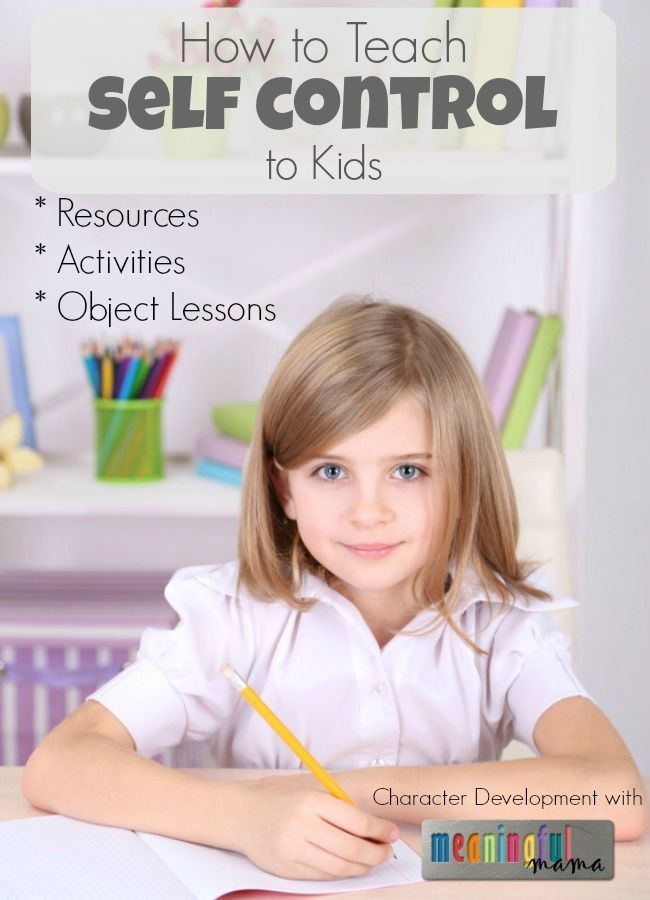
Kids love to play games, especially when prizes are involved.
Encourage your students to learn the basics of music theory through games. Divide the class in half and see which team really knows their stuff.
6. Always stay positiveTeaching music to kids should be fun and lighthearted. Don’t get too caught up in strict or rigid lesson plans. Let your positive attitude shine through.
The best way to get students excited about music is by showing them your own excitement!
6 Ways To Develop Online Music Activities For KidsAs more studios provide online opportunities, you may be wondering how to teach music remotely. If you have an in-person studio, the following ideas can also be used as “homework” or assignments to encourage your students to practice when they’re not in class.
1. Use apps for music lessons and practiceThere are so many apps that make the process of teaching music to kids fun and interesting. From ear trainers to virtual music note flashcards, your students will enjoy the blend of technology and music education.
From ear trainers to virtual music note flashcards, your students will enjoy the blend of technology and music education.
Browse our list of the best music apps for teachers to get started. Furthermore, Studio Director users receive exclusive access to Mobile Inventor, our selected partner for custom studio management application development. For studios that want their students to have easy, streamlined studio access in the palm of their hand, Mobile Inventor is the answer!
2. Host a concert viewing partyObservation is a large part of learning. Host a viewing party that features many different types of music.
From classical orchestras to jazz bands, play a variety of different performances. Ask your students to take note of anything that stands out to them and host a discussion afterwards.
3. Let your students be composersThere are so many wonderful resources for online composing that can help kids think creatively.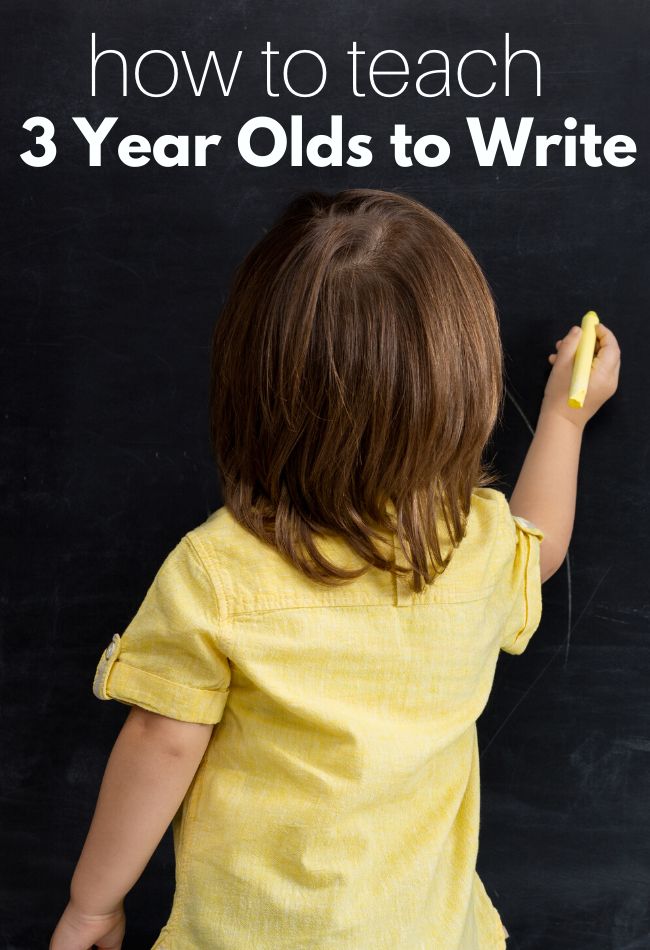
Ask them to explore different pitches and beats to create their own masterpiece. This is an assignment they will be proud to show off to family and friends. You can also combine with some of the music apps (discussed above) that make composition easy.
4. Introduce the power of performanceLearning how to perform is an important aspect of playing music. Before they get on stage in front of a crowd, host a virtual recital.
Performing in a virtual setting can be much less nerve wracking, which gives your students a chance to build confidence and hone their skills.
5. Merge music with other art formsAsk your students to grab a white sheet of paper and a simple watercolor set or even markers. Play music and give them a few minutes to create whatever comes to mind.
This activity provides students a chance to explore their understanding for and appreciation of music while linking to another art form.
6.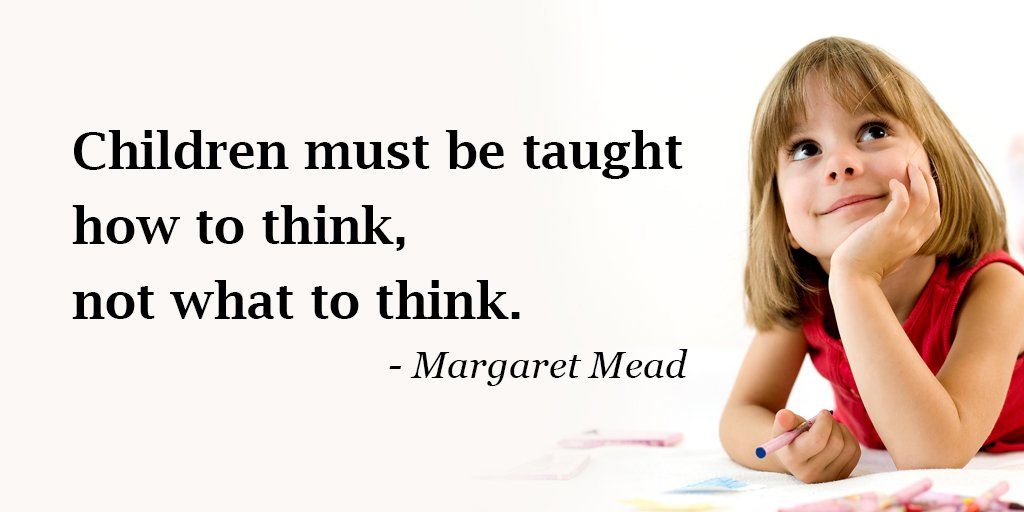 Dive into music history using podcasts
Dive into music history using podcastsFor older students, you can find podcasts on nearly every subject, including music.
Check out David Walliams’ Marvellous Music Podcast on Classic FM. Your students will learn about some of the most famous musicians in history, from Ludwig ‘Grumpy’ van Beethoven to 19th-century rock star Franz Liszt.
How To Teach Music To Babies And ToddlersMusic class is a wonderful way to get babies and toddlers moving and socializing. These lesson plans will generally be much more simple and always include a parent or caregiver for each child.
Use traditional nursery rhymes and interactive music that features sounds. Purchase or make small instruments to encourage a full sensory experience. Puppets, bubbles, and other props will help keep babies and toddlers engaged from start to finish.
Effective Music Teaching Strategies For Older KidsDo you teach older kids, such as middle school or high school students? We all know this can be a tough audience to encourage. In many cases, their parents are making them study music. With this in mind, the best strategy for reaching these kids is meeting them where they are in their musical journey.
In many cases, their parents are making them study music. With this in mind, the best strategy for reaching these kids is meeting them where they are in their musical journey.
Strike a balance between what they should be learning and what they want to be learning. If they’re playing music they enjoy or even writing their own, they are more likely to dive in and practice.
Challenge them to set short-term goals. Perhaps they want to audition for a school musical or make extra cash playing music at holiday parties. Encourage them to think big and keep practicing to get there.
Find More Time To Develop Music Activities For KidsYour music studio is a reflection of who you are as a musician and a teacher. You need plenty of time to develop creative activities that will keep your students engaged. Don’t let administrative tasks distract from your passion for teaching.
At Studio Director, we serve as your silent business partner. Our unique music studio software can help you automate registration, billing, and much more.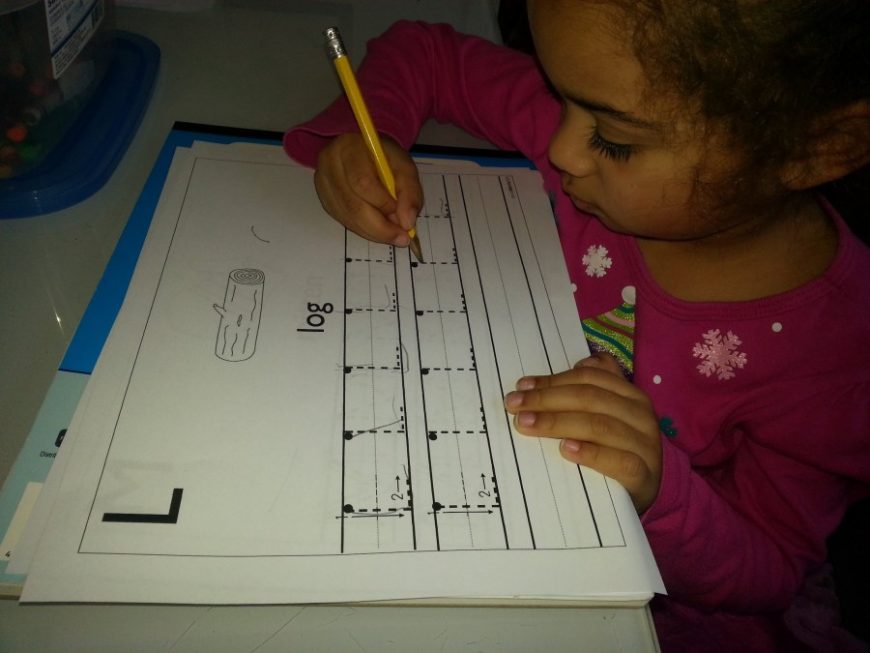
Discover How Our Software
Can Help Your Studio
Get Started Now
10 Tips For Teaching Music to Kids More Effectively
Teaching music to children can be challenging, especially when your pupils struggle to grasp new concepts. Do you tire of using the same teaching materials repeatedly because you have to follow the curriculum?
Teaching the same topics year in year out can become tedious. It is all too easy for this monotonous feeling to be accidentally passed on to students.
Fortunately, you are not alone!
We have plenty of resources and methods out there for teachers to help kids understand music better. Maybe your students are struggling because they haven’t become interested in studying music. Perhaps they want to learn but find the materials and concepts too difficult to understand.
Either way, there are techniques and strategies that you can use. These ideas will help students find their desire to learn and increase their ability to understand your music lessons.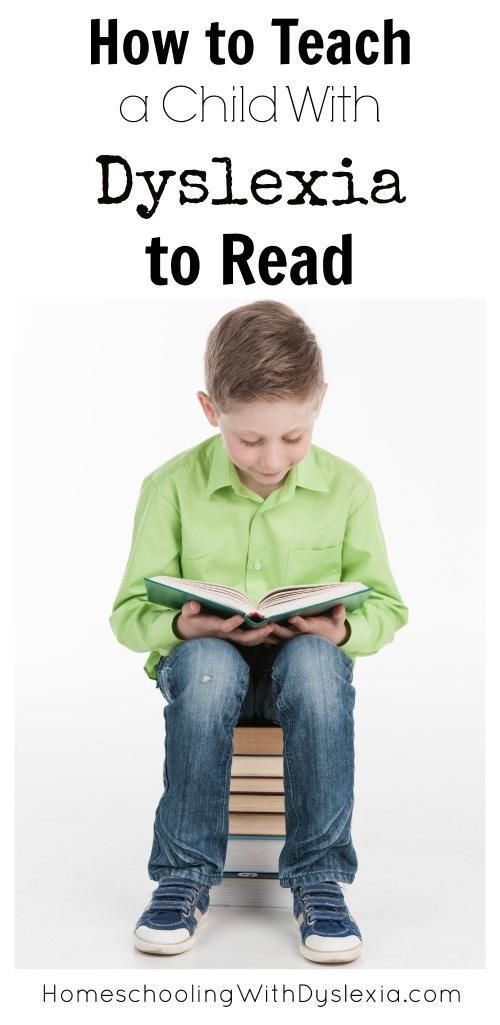
In this article we present ten tips to make teaching music to kids more effective.
What You'll Learn?
- 1. Let your positive attitude shine through.
- 2. Incorporate practical engagement.
- 3. Keep boredom at bay by using a variety of tasks.
- 4. Teach music your students like and can relate to.
- 5. Technology is the twenty-first-century teacher’s best friend.
- 6. Encourage your pupils to interact with each other.
- 7. Be aware of your students’ differing skill levels.
- 8. Creativity is a powerful teaching tool.
- 9. Perform to an online audience.
- 10. Teaching music through games is more fun!
1. Let your positive attitude shine through.
Every music class is different and the constant planning can be overwhelming. Many teachers complain that they feel like they spend as much time planning as they do actually teaching! But this planning pays off and can make your teaching far more effective. Having a good strategy for planning – planning your planning, if you like – means that your time isn’t wasted. Treat your planning time as time for your own inspiration to come through. You will feel proud of your plans and putting them into action in the classroom will give you pleasure.
Having a good strategy for planning – planning your planning, if you like – means that your time isn’t wasted. Treat your planning time as time for your own inspiration to come through. You will feel proud of your plans and putting them into action in the classroom will give you pleasure.
If you’ve spent time on your lesson plan and feel well-prepared then I’m sure you are excited about teaching the class. As teachers, we feel happy when we can see our carefully thought-out plans coming into fruition. Let your positive attitude and excited feeling show. Your students will pick up on your mood and learn even more than usual.
TeachHub suggests taking this a step further and going beyond individual lesson plans. The website explains that
"teachers who had a plan, not just for their classrooms but for their personal life and profession, often had greater success with their students"
Having your own plan means you can connect with students. You can meet them on the learning journey, spreading the positivity of having direction and goals.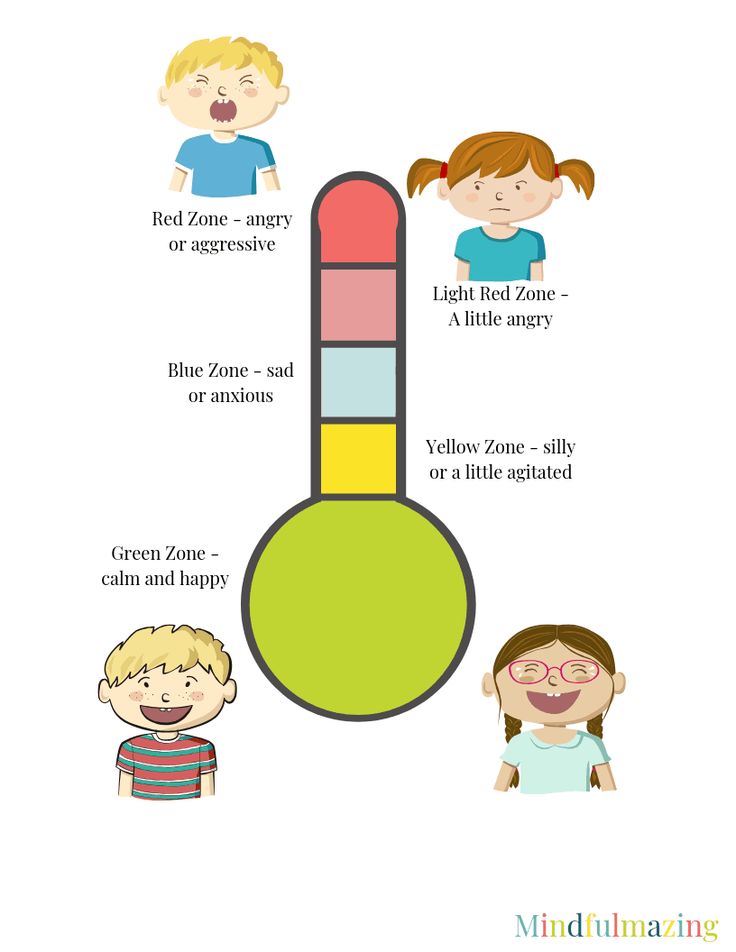 Careful planning means you can develop a positive attitude towards your teaching career. This will be automatically passed on to students in class.
Careful planning means you can develop a positive attitude towards your teaching career. This will be automatically passed on to students in class.
2. Incorporate practical engagement.
Music is best learnt by doing, not by reading and writing. Make your lessons active and add to some energy to them! Even if you are teaching music theory there are ways to include practical activities. For younger children, games such as Magic Feet Follow the Beat present important elements of music theory in a fun way. This makes new words easy to learn.
If you think back to your own time as a school pupil, I’m sure some of your most memorable classes were where you were not just sitting there. You weren't staring at the pages of a textbook or copying notes down from the board. The classes where you had to move around and do something are more likely to stick in your head.
This is great for music teachers because it’s so easy for us to incorporate physical movements and activities into our lessons.
- Clapping out rhythms and singing are simple ways to get moving without any specialist equipment needed.
- Combining listening with making music is a great way to make the connection between aural and kinaesthetic learning processes.
Using one’s body to play an instrument can make learning so much easier as the physical act of doing helps your students to commit the lesson to memory. Remember that even in school, to learn music you must play music, not just talk about it.
3. Keep boredom at bay by using a variety of tasks.
There isn’t much shorter than the attention span of a child today. New technologies are making it easier for us to read and learn in short bursts. It is getting harder for young people to focus on one topic or task for a long period of time. Fit your lessons to your students’ concentration levels.
Mindchamps explains that kids can become overwhelmed when presented with a string of tasks. This makes them get bored and give up. Luckily, it is easy to avoid this scenario in your classroom.
Luckily, it is easy to avoid this scenario in your classroom.
Don't build each lesson around a single lengthy task. Break it down into short activities each lasting 5 to 15 minutes depending on the age group of your students. Teaching kids music can be done through singing, playing instruments, and listening to music. Writing lyrics or composing pieces, and learning about musicians and composers are other great ways to learn. You should mix up activities including
- listening,
- playing instruments,
- reading,
- writing,
- composing.
Each brings a different feel to your classroom, meaning students are less likely to get bored. Within each larger topic, plan to include a variety of short tasks and activities. Keep an active atmosphere in the classroom. Match the speed of each task to the age group of your students, or to each individual student where possible.
4. Teach music your students like and can relate to.
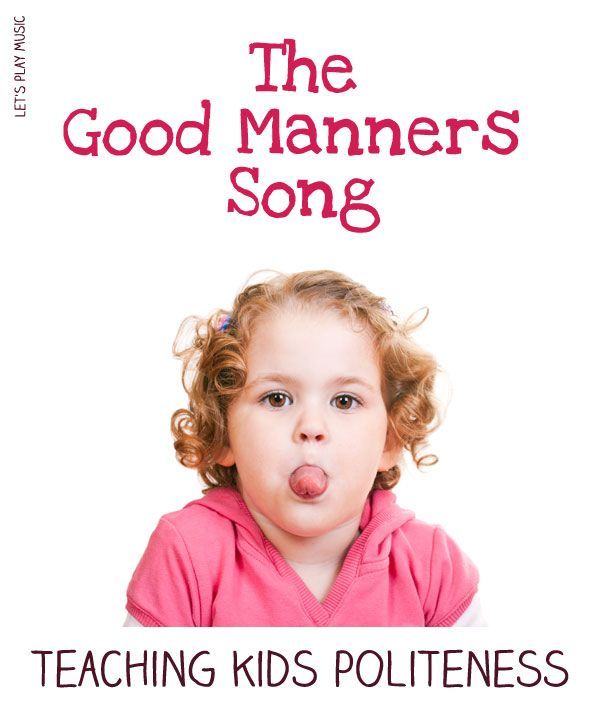
Engage your students instantly by teaching them their favorite songs or genres. All kinds of music can be valuable resources for teaching and learning. There is no need to stick to the genres that have traditionally been associated with music lessons, such as classical and baroque music.
Our music teaching app Solfeg.io has a massive song library where you can find music that will appeal to your students. Use Solfeg.io to break the music down and choose specific musical elements to teach to your students. Perhaps the chord progressions, rhythm, or melodic patterns would make a good lesson, and one the students are sure to remember.
Teaching teenagers? How about a rap song by one of their favorite artists? Ask them about the music they enjoy to find out what is current and popular in their community. For younger children, you could use nursery rhymes or even theme tunes for their favourite TV programmes. Imagine the look of recognition and surprise on their faces when you suddenly play them their favourite song!
5.
 Technology is the twenty-first-century teacher’s best friend.
Technology is the twenty-first-century teacher’s best friend.Today’s kids are digital natives, and today’s tech is a great resource for education, like this article you are probably reading on a screen right now. Music is the perfect subject for using new technology in the classroom, and clever use of tech can make your teaching far more effective.
Use apps and YouTube or other video sites. Sometimes watching a video can make a lesson more memorable than listening to the same piece of music without a video. Showing videos of live performances is a great way to teach your students about how instruments are played. It is also a good way to see famous artists performing.
That’s our app in the picture, you can try it out for FREE!
Launch Solfeg.io app
They can learn about what goes into making a concert. Depending on the genre of music this may include elements such as lighting and costume as well as rehearsing the music. MusicEdMagic describes how to use YouTube in the music classroom.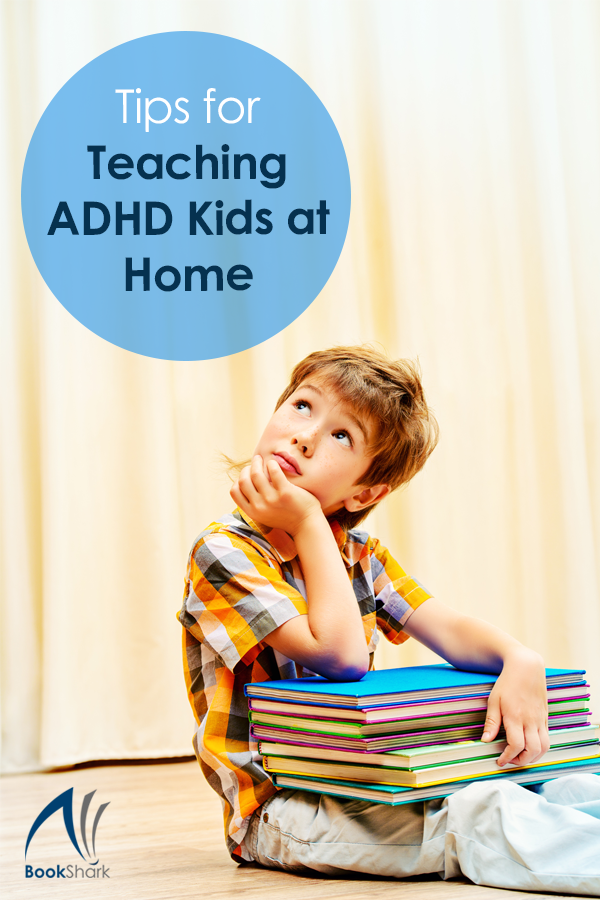
If your school provides tablets, make good use of them. Encourage students to install music apps on their phones. There are good apps for every aspect of music education, from composing and drum machines to theory and playing virtual instruments.
6. Encourage your pupils to interact with each other.
While individual practice can be an important part of learning to play an instrument, the music classroom is a great time for interaction. Academics have described the clear benefits of collaborative learning. ResourceEd explains that collaboration is a significant element of the world of work. It is important to introduce this as part of school-based education. Collaborative learning teaches skills such as decision-making and problem-solving in a group or team context. Employers value these skills, which can be learnt beginning in early childhood.
You can teach children to collaborate with each other while you teach them music. Music is inherently sociable, whether among performers or listeners.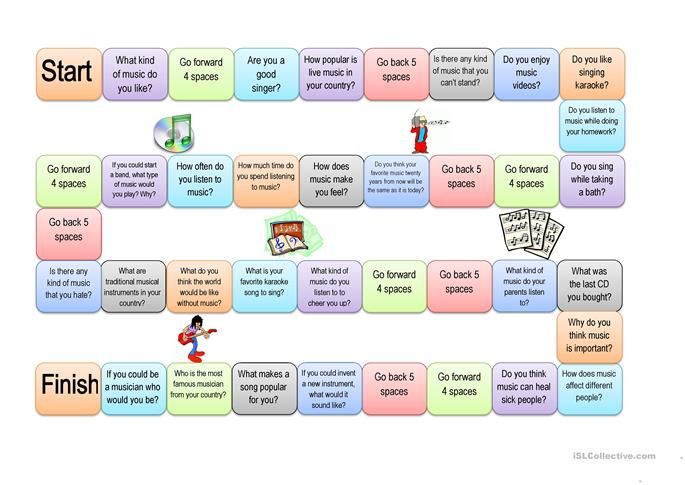 Learning together can be far more powerful than studying on one’s own. The material learnt can stay with them when they leave the classroom, and become a topic of conversation with their friends. Meanwhile the children are acquiring useful skills for their adult lives, even if they don’t enter a career in music.
Learning together can be far more powerful than studying on one’s own. The material learnt can stay with them when they leave the classroom, and become a topic of conversation with their friends. Meanwhile the children are acquiring useful skills for their adult lives, even if they don’t enter a career in music.
Putting the students into groups can also be a good way to introduce longer, more involving tasks than would be possible individually. Group projects can achieve more impressive outcomes than working alone. Take students’ skill levels into account when forming groups. Change the groups between projects to create a fresh atmosphere.
7. Be aware of your students’ differing skill levels.
Different students have different skill levels and different needs. Make sure the tasks you set are appropriate for each student. Ideally a task should be understandable to the student, not too difficult but not too simple either. Right from the beginning, your students need to feel that they will be able to complete the task.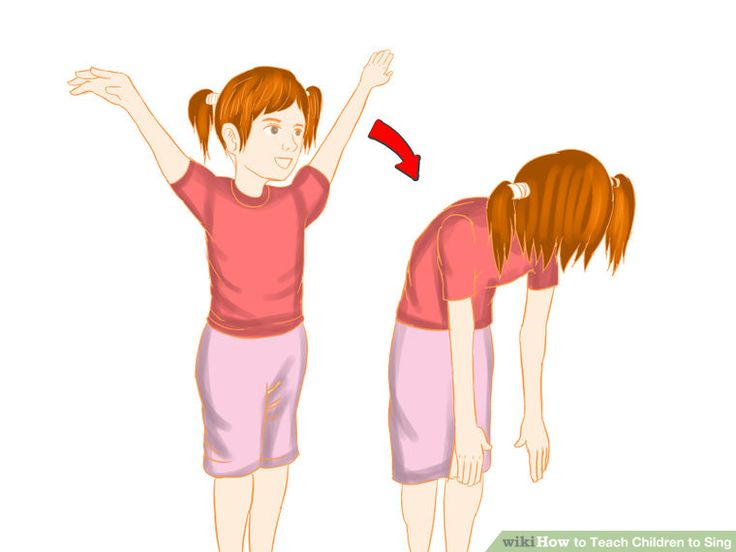 A task that appears too challenging from the outset can make students give up and not try their best. Make a task into a fun experience by giving students the tools for success and encouraging collaboration.
A task that appears too challenging from the outset can make students give up and not try their best. Make a task into a fun experience by giving students the tools for success and encouraging collaboration.
Prodigy describes the concept of differentiated instruction. The website explains how to teach students with a range of skills. For example, you can create learning stations within your classroom. Students rotate around doing a different activity at each station. This is one way to provide learning opportunities for different skillsets.
In the music classroom, learning stations could include
- watching a video,
- writing about what they saw,
- completing a puzzle, and
- creating a short composition.
Tackling different senses such as auditory, visual, tactile and kinaesthetic makes your teaching more effective for the whole class. It’s easy to see how to do this with music, which can be learnt through listening, doing, watching and playing instruments.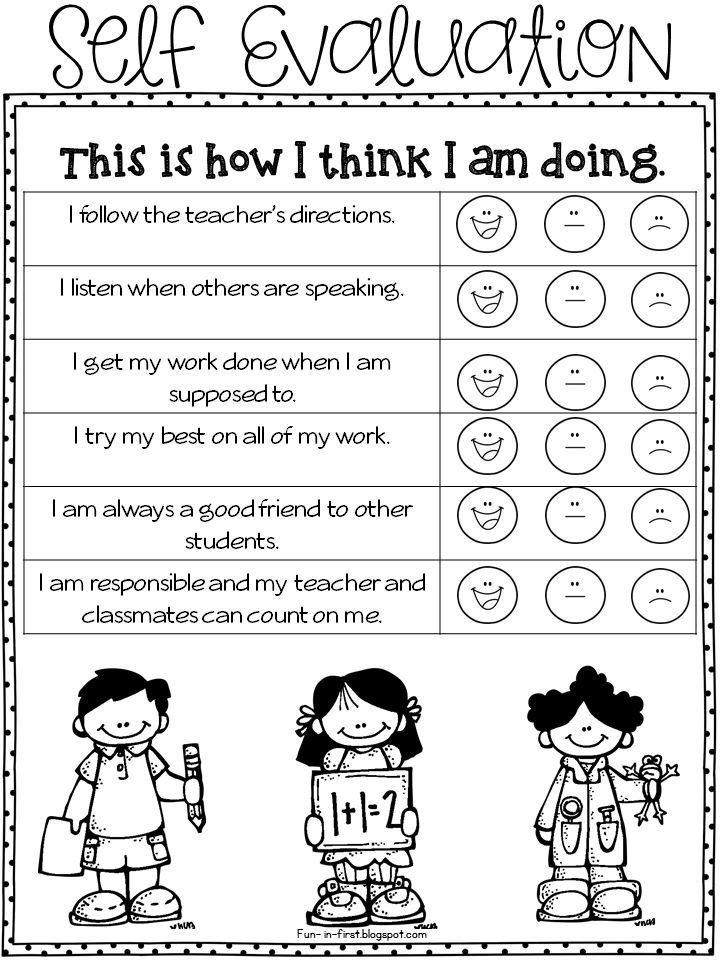
8. Creativity is a powerful teaching tool.
Once students begin to enjoy completing tasks, it is a good time to introduce creative projects. Give them a task with no wrong answer, such as a composition project. Perhaps they have been learning about a particular piece or style of music. The next stage in learning is to give them the task of composing their own piece in the same style.
Devoting time to creative projects like this is very important when teaching kids music. At its heart, music is not merely theoretical but practical. The best way for your students to learn music is to be immersed in it as much as possible. Learning a foreign language is most effective through visiting the country. So the language of music is best learnt through maximum immersion. Make your music classroom the place for learning this creative language.
Teaching children to be creative gives them a skill that goes far beyond the music classroom. This is because creativity is highly valued by employers.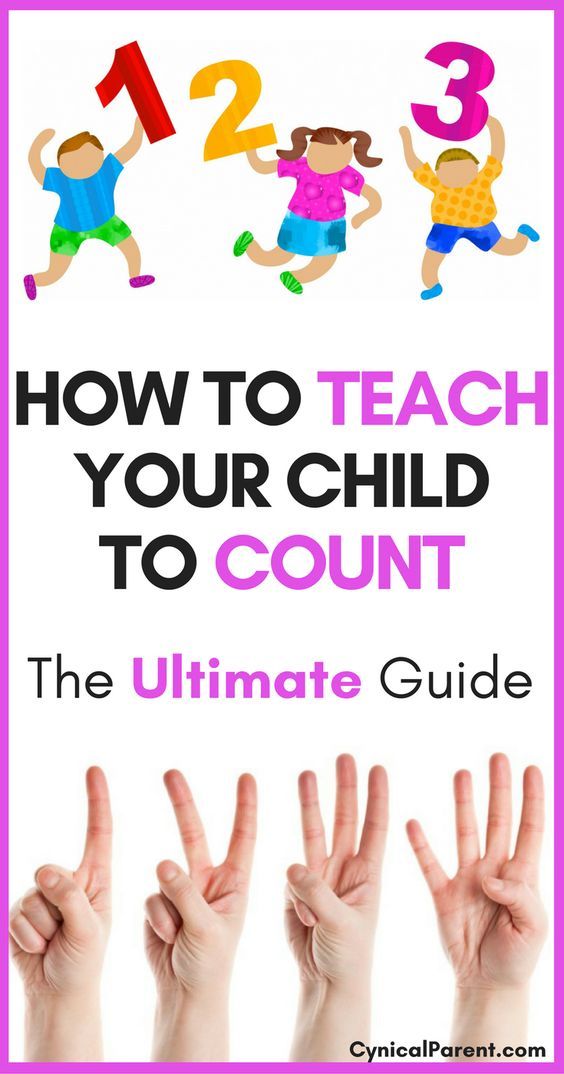 Furthermore, giving children a safe space to be creative can also help with behavioural issues. It provides them with a safe outlet for their feelings and emotions. Incorporating creativity into your lessons combines well with collaborative learning methods.
Furthermore, giving children a safe space to be creative can also help with behavioural issues. It provides them with a safe outlet for their feelings and emotions. Incorporating creativity into your lessons combines well with collaborative learning methods.
9. Perform to an online audience.
Performing is an important aspect of music education. Your students can take pride in sharing their achievements with an audience. They can show their peers, parents and others what they have been learning in your class. New technology has made performing possible for anyone with an internet connection.
As the culmination of a large class project, give a concert together. If a traditional end-of-year school concert is not possible, why not make a video of your students performing and share it on YouTube. If your school has good video or recording equipment, make use of it to produce a better quality video. If such equipment is unavailable, a smartphone can be used to make a reasonable quality video that can be a record of your students’ achievements. If you and your students are feeling confident, you could even stream your performance live. Just don’t forget to announce it to your intended audience in advance!
If you and your students are feeling confident, you could even stream your performance live. Just don’t forget to announce it to your intended audience in advance!
Besides making a video, you can make a YouTube channel for your class. Encourage your students to share the videos with their friends on social networks. You can continue to add to the channel every term and this will give you and your students a place to look back on their progress over the years.
10. Teaching music through games is more fun!
Make a long-term lesson plan that incorporates games. Divide your students into teams and award a few points in each lesson. Depending on the class and their projects you could award a point to the best student in each lesson. You could give points for correct answers and even for a positive attitude. Decide on a monthly and yearly prize for the winning team. This works especially well with younger children. But even teenagers can enjoy a competition if the prize is attractive.
Being able to compete in a healthy and cheerful manner is a valuable skill for students to learn. It combines well with collaborative activities. But, it is important to make sure that no student feels left out when using a competition as part of your teaching. Keep track of prize winners and try to award a range of prizes so that every student has a good chance of winning at least once.
Bonus Tip: Share your ideas with other teachers online and access new inspiration from your music teacher colleagues.
Just like this article you are reading right now, there is a wealth of information out there for music teachers. The internet has transformed the resources available for educators. It has internationalized resources. Information and ideas from overseas are now as easily accessible as those from your home country. There has never been a better time to add to your stock of teaching methods, ideas and strategies.
However, don’t just consume! Share your ideas with other teachers by participating in music teachers’ forums and checking the website every day. You can become a contributor and give other educators access to your own tried and tested teaching strategies and techniques. Music education can only get better if we learn from each other. Start sharing now and you will be amazed by the creative ideas that you can find to transform your teaching!
You can become a contributor and give other educators access to your own tried and tested teaching strategies and techniques. Music education can only get better if we learn from each other. Start sharing now and you will be amazed by the creative ideas that you can find to transform your teaching!
How and when to start teaching music to a child?
As they say, it's never too late to learn. Among professional musicians there are those who came to music as adults. If you study for yourself, then there are certainly no restrictions. But today let's talk about children. When should they start learning music and when is the best time to send their child to a music school?
First of all, I would like to emphasize the idea that studying music and studying at a music school is not the same thing. It is better to start communicating with music, namely listening to it, singing and playing the instrument yourself as early as possible. Let music enter into a child's life as naturally as, for example, the ability to walk or talk.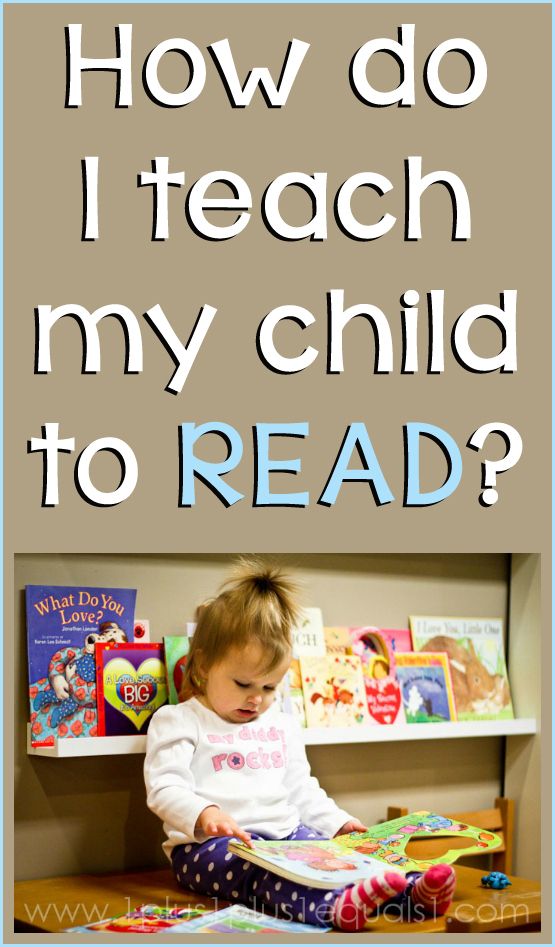
How to get a child interested in music at an early age?
The role of parents is to organize the musical life of the child, to surround him with music. Kids in many ways try to imitate adults, so if they hear the singing of mom, dad, grandmother, as well as a brother or sister, then they will certainly sing themselves. Therefore, it is good if someone in the family sings songs to themselves (for example, a grandmother while making a pie), the child will absorb these melodies.
Of course, with a child it is possible and necessary to learn children's songs purposefully (only without fanaticism), but there should be in a musical environment such songs that, for example, a mother simply sings for a child (singing songs is like telling fairy tales: about a fox , a cat, a bear, a brave knight or a beautiful princess).
It's nice to have a musical instrument at home. Over time, the child can begin to pick up on it the melodies that he remembered. It is better if it is a piano, a synthesizer (it can also be for children, but not a toy one - they usually have a bad sound) or, for example, a metallophone. In general, any instrument on which the sound appears immediately is suitable (accordingly, an instrument that is difficult to master, for example, a violin or a trumpet, is less suitable for the first meeting with music).
In general, any instrument on which the sound appears immediately is suitable (accordingly, an instrument that is difficult to master, for example, a violin or a trumpet, is less suitable for the first meeting with music).
The instrument (if it is a piano) must be well tuned, because the off-key sound will not please the child, he will feel annoyed, and the whole experience will leave only an unfavorable impression.
How to introduce a child to the world of music?
Active work on the development of the child's musicality can be carried out with the help of musical games with singing, movement and playing music on simple instruments (for example, a triangle, bells, maracas, etc.). This could be general family fun or organized play by a group of children around the same age. Now this direction of children's education has become very popular and in demand, it is associated with the name of the famous composer and teacher Karl Orff. If you are interested in this topic, then we advise you to look for videos and information on Orff pedagogy.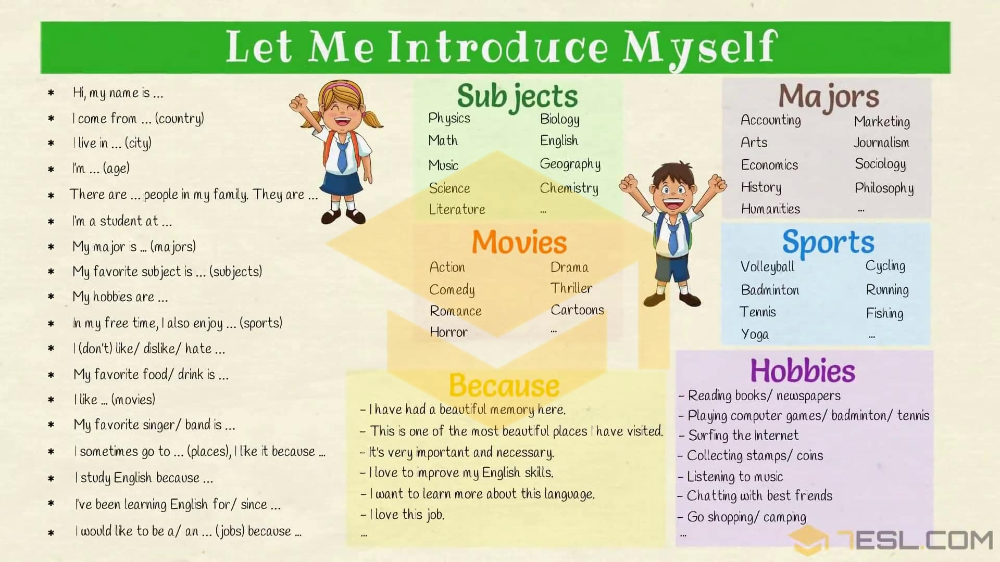
Purposeful lessons in playing an instrument can be started already from the age of 3-4 years, and later. Only classes should not be intrusive and too serious - there is nowhere to rush yet. In no case should you send your child to be “torn to pieces” (full-fledged education) at a music school at the age of 6, and even at 7 years old it’s too early!
When should I send my child to a music school?
The ideal age is 8 years old. This should be the time when the child is in the second grade of a comprehensive school.
Unfortunately, children who come to music school at the age of 7 often leave it. It's all to blame - too high a load, which suddenly fell on the shoulders of a first grader.
It is imperative to give the child the opportunity to first adapt to their primary school, and only then take them somewhere else. In the music school, in addition to playing the instrument, there are lessons in choir, solfeggio, and musical literature. It will be much easier and more effective for a child to master these subjects if, by the beginning of their study, he has already learned to read ordinary text fluently, mastered counting, simple arithmetic operations and Roman numerals.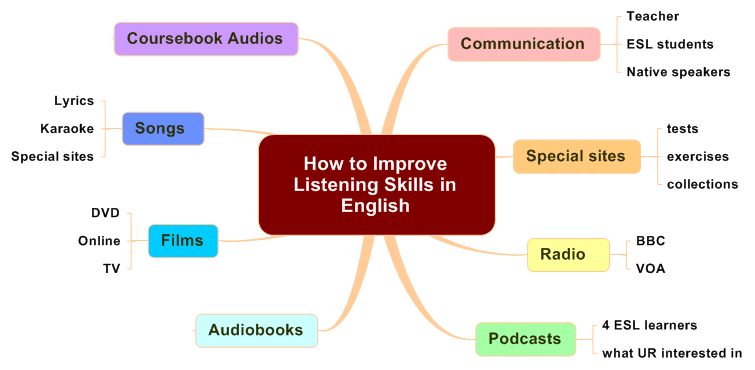
Children who start going to music school at the age of 8, as a rule, study smoothly, master the material well, and they succeed.
Solfeggio with love: how to get a child interested in music
Many parents think that music lessons are boring, knowledge and skills will be quickly forgotten, and why load a child’s brain if no one in the family sees him as a great musician? Children's music teacher Natalia Bodina tells why children really need music and how to make classes really interesting.
Natalia Bodina, children's music educator, author of the DNA of Genius methodology for teaching children music from birth.
About the benefits of music
Agree, while a child is small, we generally cannot know what he wants to connect his life with, and the benefits of music lessons have been scientifically proven, and I see these confirmations in my students. I have guys whom I began to introduce to music from the age of three months. Now they are 4 years old - and these are completely different children!
All children, without exception, need to be taught music, because this is a huge impetus to the awakening of cognitive activity and creative abilities that are dormant in every child.
Classes give a lot of emotions, encourage you to imagine and fantasize. In infants, music forms a world of harmony filled with sounds, feelings, meanings, love, having a beneficial effect on the brain, encourages them to develop.
I will tell you using the example of my student. Nikolay Palych was brought to my classes when he was 9months. I had not worked with such kids before and told my mother about it directly. But we still decided to try. And in the very first lesson, when I played Chopin's nocturne, Kolya's eyes lit up like two huge spotlights: he was fascinated by the sound, he tried to understand where the source was. Then Nikolai Palych began to stare at the keys - and the process began, the child got carried away. When Kolya was 1.5 years old, he became interested in English. His parents even hired a native speaker for him. At 2.4 years old, Nikolai Palych showed perfect pitch: he began to recognize notes, a little later the boy became interested in numbers, he learned to add, then letters, syllables, by the age of 2.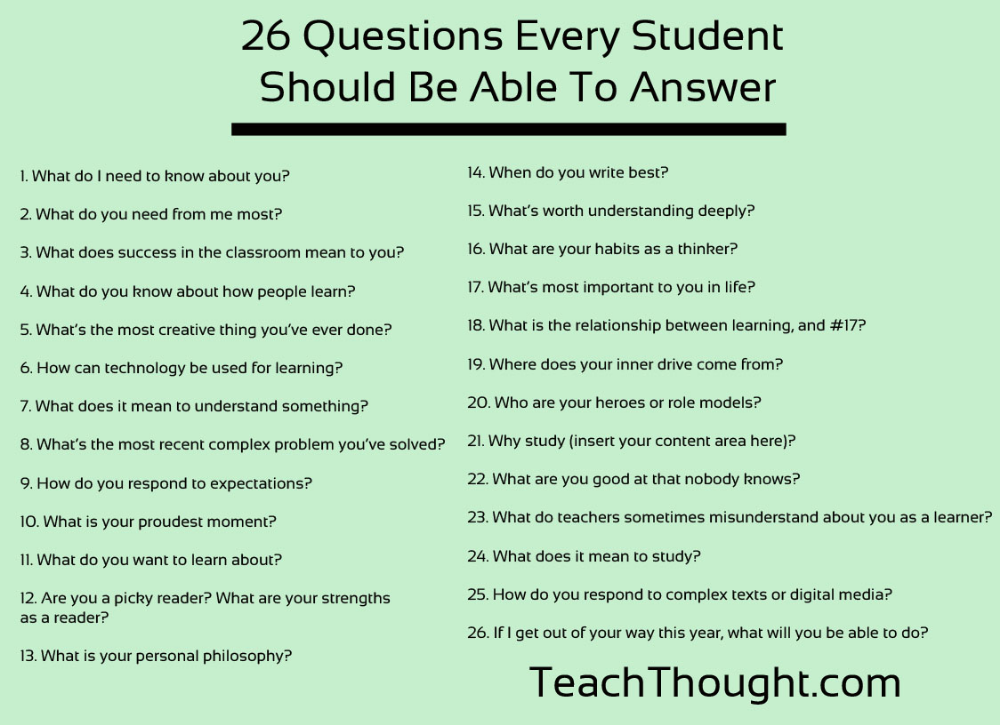 5 he learned to read. Kolya himself strove for knowledge. In all my students, I see a great desire to do something on their own: read, write, draw, fantasize.
5 he learned to read. Kolya himself strove for knowledge. In all my students, I see a great desire to do something on their own: read, write, draw, fantasize.
Why a music school is needed
A music school, like a general education school, needs serious changes. Unfortunately, most teachers in such educational institutions are deprived of the opportunity to be truly attentive to students, accept them as they are, notice their individual characteristics and build a training program around them. Teachers need to fulfill the program: prepare the children for passing the technical test, two scales, learn three etudes with them ...
But children go through different phases of development, it often seems that we are standing in one place: the student is closed to receive information, he is only interested in singing songs, guessing riddles and puzzles in class. And great! So you need to give him this opportunity! Because if the teacher respects the needs of the child, then there will be a huge leap in his learning!
The teacher must understand that his task, mission is to communicate with the soul of the child and educate it. It is important, first of all, to love your student, to accept him as he is, to be sensitive to his personality and flexible in the learning process.
It is important, first of all, to love your student, to accept him as he is, to be sensitive to his personality and flexible in the learning process.
First love for a child, and only then F-sharp and B-flat. Only in this case, the teacher can transfer his experience to him.
Why classes are interesting
Solfeggio, musical literature are very important subjects, although many consider them boring. After all, it is impossible to perform music without talking about the composer's work, without understanding why notes are needed, who invented them and for what. And singing with notes is an extremely useful activity, since it develops the ear. The whole question is how the teacher will present it: fascinating or boring. It is necessary to tell so that the child draws the conclusion himself: “Wow! So Bach, it turns out, is a great composer! I can touch his work."
Learning how to play several pieces or make out notes is not the goal of music lessons, it is much more important to form a special consciousness, a special world full of feelings, meanings, beauty.
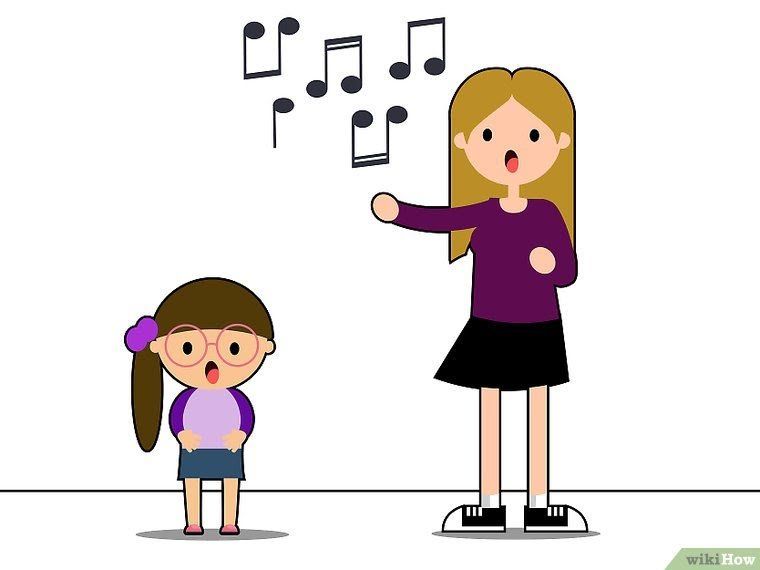
Just imagine, we do not live on the planet of enmity and greed, but on the planet of the great Mozart, Bach, Tchaikovsky — and we can become a part of this wonderful world!
Mikhail Semenovich Kazinik, art historian, musician, writer, poet, philosopher, director, passionate educator
However, this understanding comes from the family. If parents see the value of Great Music, it is much easier to work with a child: he will not have to be forced, he will absorb information and create by himself!
What kind of music can and should be played
If a kid wants to learn how to play an instrument for himself in order to play music at home, pick up tunes by ear, play for his own pleasure and improvise, then most likely it makes no sense to go to a music school. There, he will be “pressed” by the program so that he sits at notebooks without raising his head, which will lead to a loss of interest in music and the instrument.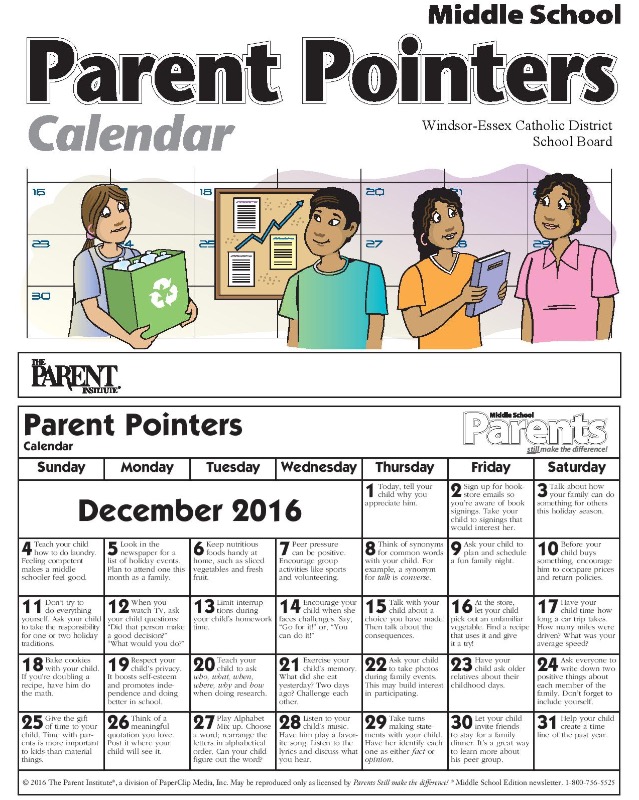
I think that it is necessary to play the music that the child wants to listen to, which is in tune with his time, his age characteristics.
Only individual lessons with a teacher can give such freedom of creativity.
In my practice there is a very talented girl Vera, with excellent hearing and hands, but she flatly refused to continue going to music school. And, meeting with me, she said: “If you make me play the Bach fugue, I won’t study with you!” It turned out that she now likes one soundtrack to the film. When I offered to learn this melody, Vera was very surprised: “What, can this music be played too? Do you allow?!" It is with such children that I often come across after studying at a music school. I believe that the teacher needs to build on the desires of the child, and not go against him. Play what resonates in your heart, what you like.
How to instill in a child a love for music
First of all, you need to be attentive to everything around, because music lives everywhere.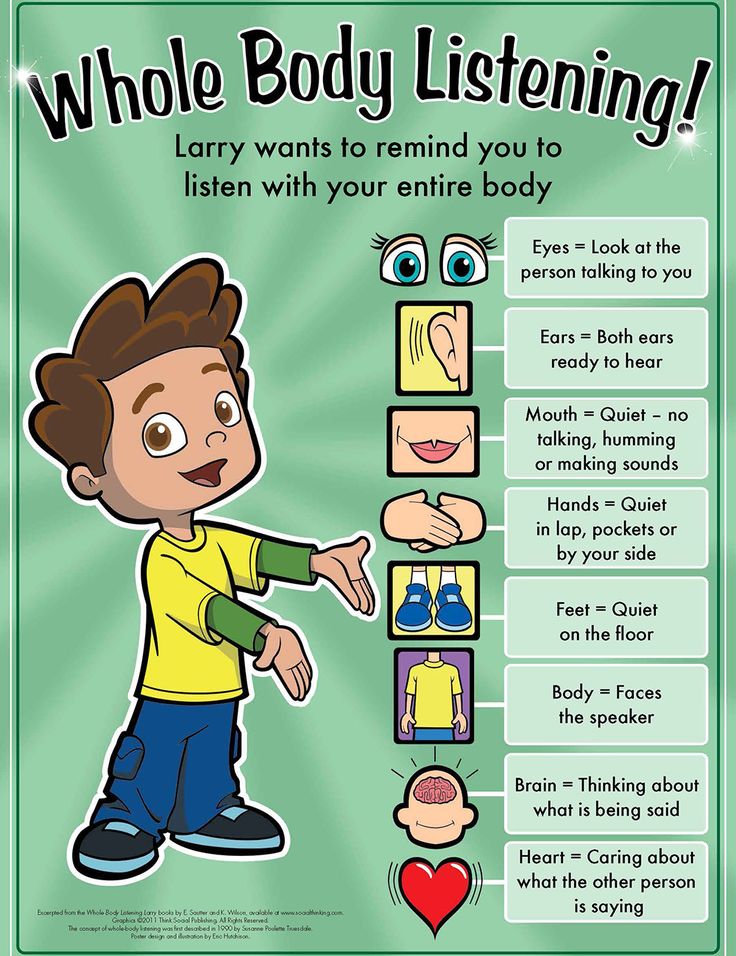 Look for it when you walk with your child: “Do you hear the rustle of leaves? They are talking to each other. And look what a big tree, probably their mother. Or maybe there is wind music? How does she sound? Pay attention to the stars, they talk too!” Try to voice together what you noticed or play it on instruments, for example, on noise: tambourine, rattles, maracas, rattles and so on.
Look for it when you walk with your child: “Do you hear the rustle of leaves? They are talking to each other. And look what a big tree, probably their mother. Or maybe there is wind music? How does she sound? Pay attention to the stars, they talk too!” Try to voice together what you noticed or play it on instruments, for example, on noise: tambourine, rattles, maracas, rattles and so on.
Tell the child that the note "do" is red, ask what objects of the same color are around? This is how Nikolay Palych and I talked: he came to my class and said: “You are wearing a salt dress.”
The child should be given as many opportunities to hear and see as possible. For young children, there are such projects as "Baby Concert", "Music with Mom", where you can listen to how the instruments sound and touch them. Your task is to show the kid all the variety that is in music, so that he can choose what he likes, what causes him the most vivid emotions.
You can include the most joyful classics for children - Mozart and Haydn.